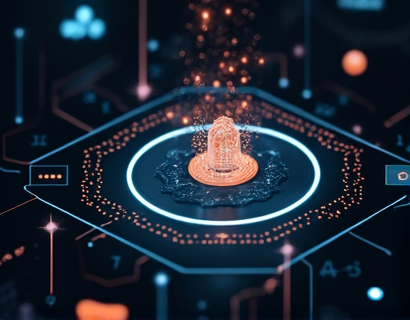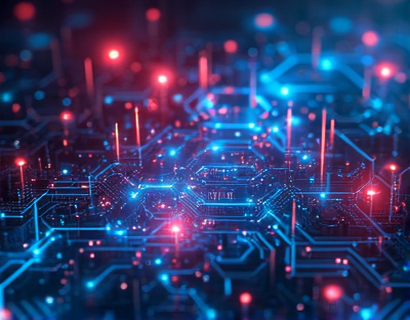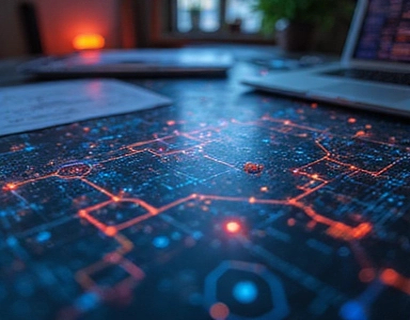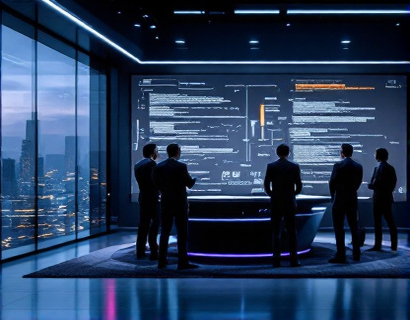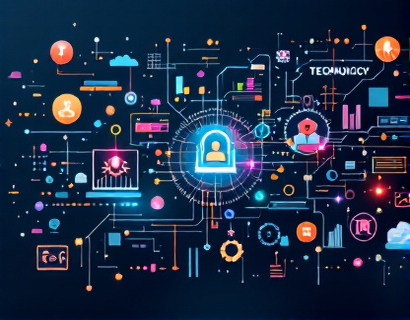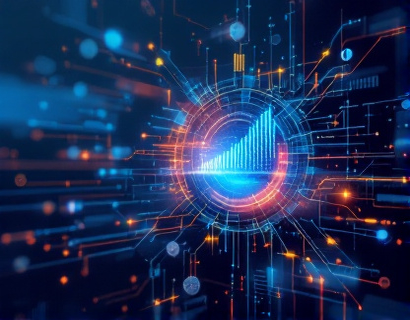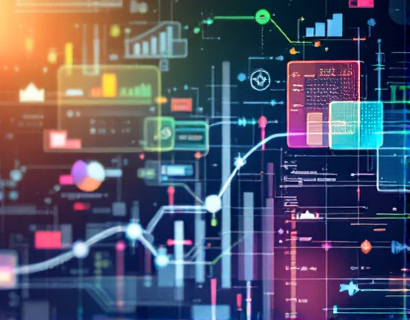AI-Driven Personalized Learning: Transforming Astronomy Education
In recent years, the integration of artificial intelligence in education has opened new horizons, particularly in specialized fields like astronomy. This revolution is not just about making learning more efficient but about transforming the entire educational experience into an interactive and personalized journey. The advent of AI-driven personalized learning platforms has made it possible to tailor educational content to individual needs, thereby enhancing understanding and engagement with complex celestial concepts.
Personalized Insights and Interactive Resources
The cornerstone of this transformative approach is the ability to provide personalized insights and interactive resources. Traditional astronomy education often struggles to cater to the diverse learning paces and styles of students. An AI-driven platform addresses this by analyzing each user's progress, strengths, and weaknesses to deliver customized learning paths. This ensures that learners are neither overwhelmed nor underchallenged, fostering a more effective and enjoyable learning experience.
Interactive resources play a pivotal role in this personalized learning environment. From virtual telescopes that allow users to explore the night sky in real-time to interactive simulations of celestial events, these tools make abstract concepts tangible. For instance, students can manipulate variables in a simulation to observe how changes affect planetary orbits or star formations, providing a hands-on understanding that textbooks alone cannot offer.
Access to Complex Celestial Concepts
Astronomy is renowned for its complexity, with concepts such as dark matter, black holes, and quantum mechanics pushing the boundaries of human understanding. An AI-driven personalized learning platform demystifies these topics by breaking them down into manageable, bite-sized lessons. Using natural language processing and machine learning, the platform adapts explanations to match the learner's current knowledge level, ensuring clarity and comprehension.
Moreover, the platform can present information in multiple formats—text, images, videos, and interactive diagrams—to cater to different learning preferences. This multi-modal approach not only makes learning more engaging but also helps in reinforcing concepts through varied exposures, enhancing retention and understanding.
Expert Guidance and Community Engagement
While personalized learning is crucial, the human element of expert guidance remains invaluable. An AI-driven platform can connect learners with experienced astronomers and educators who provide mentorship and answer complex questions. These experts can offer insights based on their research and field experience, enriching the learning process with real-world applications and current research trends.
Beyond one-on-one mentorship, the platform fosters a community of astronomy enthusiasts. Users can join forums, participate in discussions, and collaborate on projects, creating a supportive and dynamic learning environment. This community aspect not only motivates learners but also exposes them to diverse perspectives and ideas, fostering a deeper and more holistic understanding of astronomy.
Immersive Learning Experiences
The immersive nature of AI-driven personalized learning in astronomy cannot be overstated. Virtual reality (VR) and augmented reality (AR) technologies, powered by AI, transport learners into the cosmos, offering immersive experiences that traditional methods cannot match. Imagine exploring the surface of Mars, witnessing a supernova explosion, or walking through the rings of Saturn—all from the comfort of a classroom or home.
These immersive experiences not only captivate the imagination but also enhance spatial understanding and retention of complex concepts. By engaging multiple senses and providing a first-person perspective, VR and AR make learning astronomy an adventure, sparking curiosity and a deeper passion for the subject.
Continuous Learning and Adaptation
The beauty of an AI-driven personalized learning platform lies in its ability to continuously learn and adapt. As users progress, the platform updates their learning paths, introducing new challenges and deepening their knowledge. This dynamic approach ensures that learners remain engaged and motivated, as the content evolves with their growth.
Furthermore, the platform can integrate the latest astronomical discoveries and research, keeping the educational material up-to-date. This real-time integration ensures that learners are exposed to current knowledge and methodologies, preparing them for future advancements in the field.
Overcoming Educational Barriers
Traditional astronomy education often faces barriers such as limited access to advanced equipment, high costs of specialized courses, and geographical constraints. An AI-driven personalized learning platform democratizes access to high-quality astronomy education. With internet connectivity, learners from any part of the world can access expert-led courses, high-fidelity simulations, and a wealth of educational resources.
This accessibility is particularly transformative for underprivileged regions and individuals who might otherwise have limited opportunities to explore astronomy. By breaking down these barriers, the platform promotes inclusivity and equal access to education, fostering a more diverse and vibrant astronomy community.
Enhancing Research and Innovation
The impact of AI-driven personalized learning extends beyond education into research and innovation. By providing a solid foundation in astronomy concepts and methodologies, these platforms prepare the next generation of astronomers and space scientists. The personalized approach ensures that students develop a strong understanding of fundamental principles, which is crucial for advancing research and innovation in the field.
Moreover, the platform can facilitate collaborative research projects, connecting students and enthusiasts with ongoing projects and providing opportunities for hands-on participation. This not only enhances learning but also contributes to the collective advancement of astronomical knowledge.
Future Prospects and Challenges
As AI technology continues to evolve, the potential for personalized learning in astronomy is vast. Future developments may include more sophisticated AI models that can predict learning gaps and proactively address them, even more immersive VR and AR experiences, and seamless integration with other educational technologies.
However, challenges remain, such as ensuring data privacy, maintaining the accuracy and reliability of AI-generated content, and addressing the digital divide. Overcoming these challenges will be crucial for the widespread adoption and success of AI-driven personalized learning in astronomy.
Conclusion
The integration of AI in astronomy education represents a paradigm shift, offering personalized, interactive, and immersive learning experiences. By making complex celestial concepts accessible and engaging, these platforms not only enhance understanding but also ignite a passion for the stars. As we continue to explore the universe, AI-driven personalized learning will play a pivotal role in shaping the future of astronomy education, connecting minds across the globe in the quest to unravel the mysteries of the cosmos.






